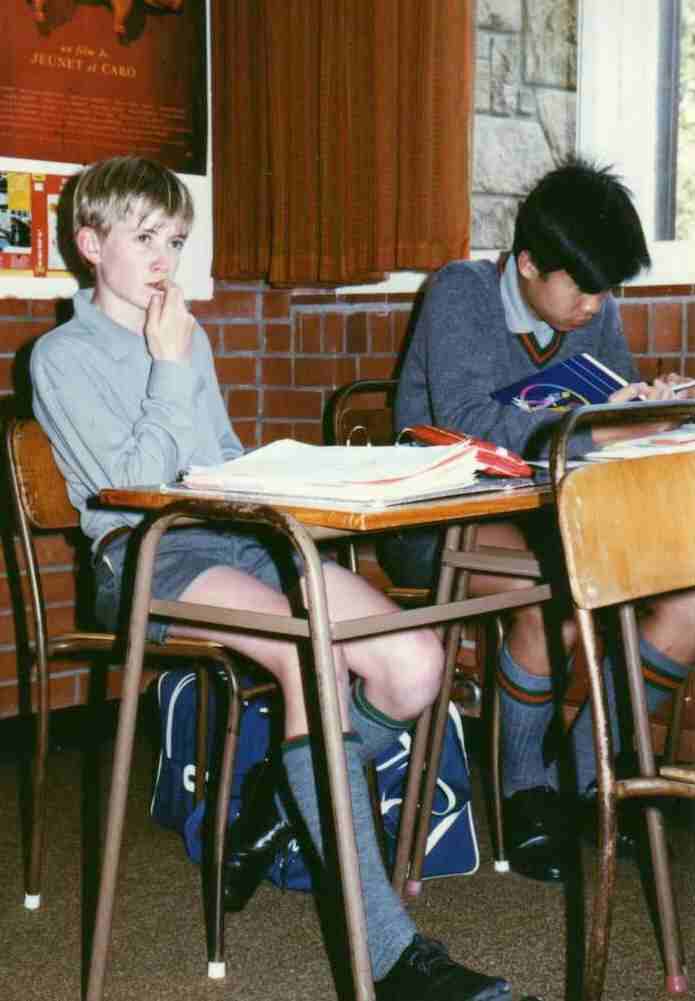
Figure 1.--After World War II kneesocks began to decline in popularity for boys. This was first noted in America, but Europe gradually followed suit. Knee socks continued to be worn for Scouts and school uniforms in several countries. |

|
HBC has first noted kneesocks being worn in the early 19th century with Highland kilts. Presumably theu were also worn earlier in the 18th century. Here they were worn by moth men and boys. When wearing Higland kilts, plaid Argyle kneesocks wee commonly worn. Another early usage was with tunic suits. Here we note an American boy in the 1850, but we believe this to be realtively rare. We note children wearing knee socks under dresses. A good example is unidentified American children in 1855. We are less sure if knee socks were worn with long pants. Knee socks do not seem much used by boys until the 1900s when Baden Powell and his Boy Scouts help to popularize them. They were nuch preferred by boys to long stockings as they did not require the bothersome hose supportes that boys had to wear to keep up long stockings. Kneesocks grew in popularity during the 1910s and were commonly worn by the 1920s. Knee socks continued to be worn in Britain and the continent through the 1960s, but generally disapperared as boys began to wear jeans and other long pants more commonly. Shorts continued to be seen in Britain
through the 1970s as some traditional private schools still required short pants as part of the school uniforms and some cub groups wore them. They were little seen in America after the 1960s except as part
of Scout uniforms. Knee socks after the 1970s were commonly worn in only a few countries. Many New Zealand secondary schools continued to require them as part of the winter school uniform through the 1990s.
Schools in Australia and South Africa have also continued to wear them. Japanese elementary school children commonly wore shorts through the 1980s and 90s, with both knee and ankle socks--both as part of a school
uniform and for casual and dress occassions.
HBC has first noted kneesocks being worn in the early 19th century with Highland kilts. Presumably theu were also worn earlier in the 18th century. Here they were worn by moth men and boys. When wearing Higland kilts, plaid Argyle kneesocks wee commonly worn. Another early usage was with tunic suits. Here we note an American boy in the 1850, but we believe this to be realtively rare. We note children wearing knee socks under dresses. A good example is unidentified American children in 1855. We are less sure if knee socks were worn with long pants.
Knee socks do not seem much used by boys until the 1900s when Baden Powell and his Boy Scouts help to popularize them. They were nuch preferred by boys to long stockings as they did not require the bothersome hose supportes that boys had to wear to keep up long stockings. Kneesocks grew in popularity during the 1910s and were commonly worn by the 1920s. After World War II kneesocks began to decline in popularity for boys. This was first noted in America, but Europe gradually followed suit. Knee socks continued to be worn for Scouts and school uniforms in several countries. knee socks continued to be worn in Britain and the continent through the 1960s, but generally disapperared as boys began to wear jeans and other long pants more commonly. Shorts continued to be seen in Britain
through the 1970s as some traditional private schools still required short pants as part of the school uniforms and some cub groups wore them. They were little seen in America after the 1960s except as part
of Scout uniforms. Knee socks after the 1970s were commonly worn in only a few countries. Many New Zealand secondary schools continued to require them as part of the winter school uniform through the 1990s. Schools in Australia and South Africa have also continued to wear them. Japanese elementary school children commonly wore shorts through the 1980s and 90s, with both knee and ankle socks--both as part of a school uniform and for casual and dress occassions.
Navigate the Boys' Historical Clothing Web Site:
[Return to the Main kneesock page]
[Introduction]
[Activities]
[Biographies]
[Chronology]
[Cloth and textiles]
[Clothing styles]
[Countries]
[Topics]
[Bibliographies]
[Contributions]
[FAQs]
[Glossaries]
[Images]
[Satellite sites]
[Tools]
[Boys' Clothing Home]
